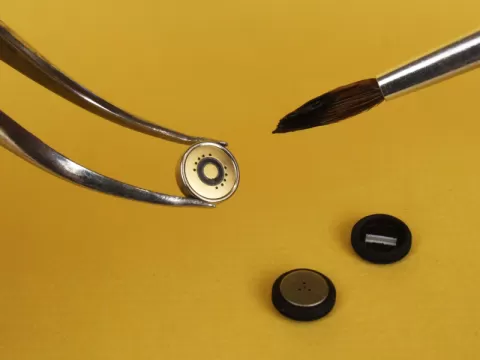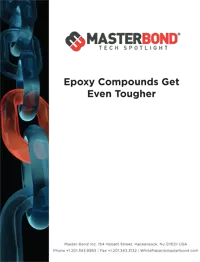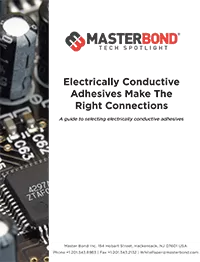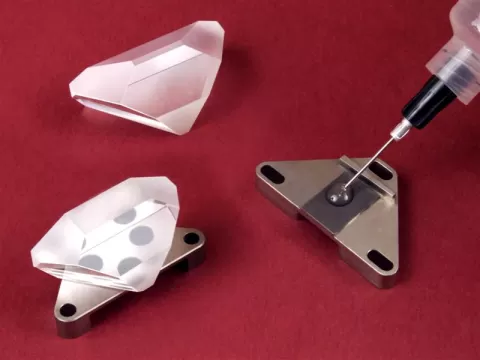Master Bond Tech Tip Library
Master Bond’s tech tip library offers solutions to the most common bonding, sealing, coating and potting/encapsulation questions. From the key to successful bonding to advice on speeding the productivity and efficiency of your manufacturing process, Master Bond's tech tips will provide the guidance and instruction you need to get the most out of our top of the line adhesive systems.
Filters




